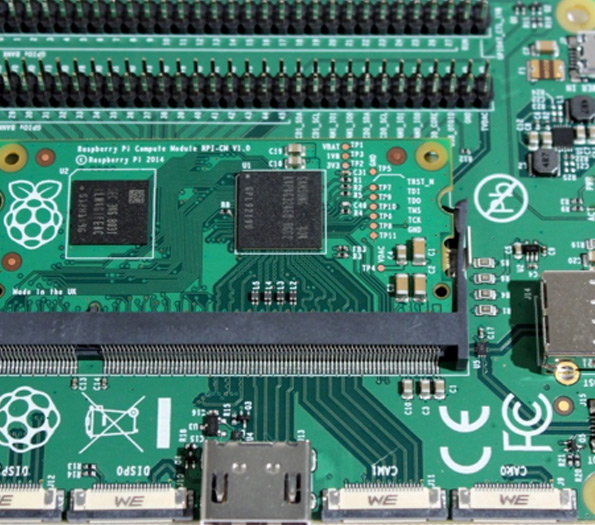

Understanding Tempered Glass Sheet Prices
Tempered glass, also known as toughened glass, has gained immense popularity in both residential and commercial applications due to its safety, durability, and aesthetic appeal. It undergoes a special heating and cooling process that makes it much stronger than regular glass, enabling it to resist impact, thermal stress, and sudden temperature changes. As with any building material, the cost of tempered glass sheets can vary widely based on several factors.
1. Thickness and Size
One of the primary factors influencing the price of tempered glass sheets is their thickness and overall size. Common thicknesses range from 4mm to 19mm or more, with thicker sheets generally costing more due to the increased material used and the additional processing required. Moreover, larger sheets come at a premium price due to the complexities involved in their manufacturing, handling, and transportation.
2. Type of Tempering
The tempering process is also crucial in determining the price. There are two main types of tempering chemical and thermal. Thermal tempering is the most common and involves heating the glass to high temperatures and then rapidly cooling it. This method is generally efficient and cost-effective, making it more favorable in the market. In contrast, chemical tempering, which uses a chemical process to enhance glass strength, is typically more expensive and less commonly used, thus reflecting higher prices.
3. Additional Treatments and Customization

Tempered glass can be customized through additional treatments such as laminating, reflecting, or tinting. These added features not only enhance the functionality and aesthetics of the glass but also increase the cost. For instance, laminated tempered glass, which adds a layer of plastic between two sheets of glass for additional safety, will generally be priced higher than standard tempered glass due to the extra materials and processing involved.
4. Supplier and Location
The choice of supplier and geographic location is another significant factor impacting tempered glass sheet prices. Local suppliers may offer competitive rates compared to international suppliers, depending on the demand and supply dynamics in a given area. Moreover, shipping costs and any applicable tariffs can further influence prices, making it essential to consider sourcing options carefully.
5. Market Trends and Demand
Finally, market trends and demand play a pivotal role in determining the price of tempered glass. With the growing popularity of glass-based architecture and the rise of eco-friendly building materials, the demand for tempered glass has surged. Fluctuations in the raw materials used for production, such as silica sand and soda ash, can also affect prices. As these materials experience price volatility, so too does the cost of tempered glass sheets.
Conclusion
In summary, understanding the price of tempered glass sheets requires consideration of various factors, including thickness, type of tempering, additional treatments, supplier location, and market demand. For consumers and builders alike, it is pivotal to conduct thorough research and compare options to ensure they get the best value for their investment in this versatile and reliable building material. Whether it's for a new construction project or a renovation, tempered glass remains a top choice that combines safety with elegance.